Author: ZeroWaste Switzerland
-
Recette : le lait végétal
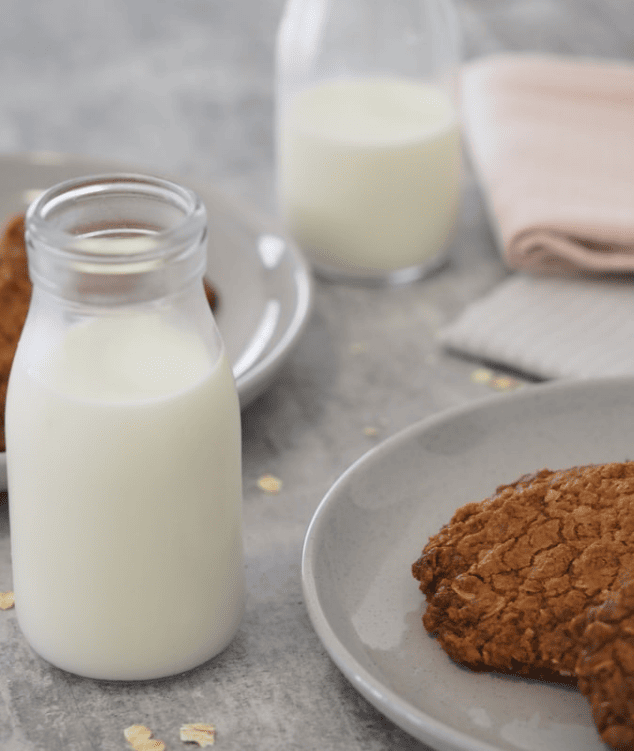
Il est possible de fabriquer soi-même du lait végétal sans aucun déchet d’emballage. Cela préserve les ressources, évite les additifs et te donne un contrôle total sur les ingrédients.
-
Moins de déchets électroniques grâce à l’USB-C universel
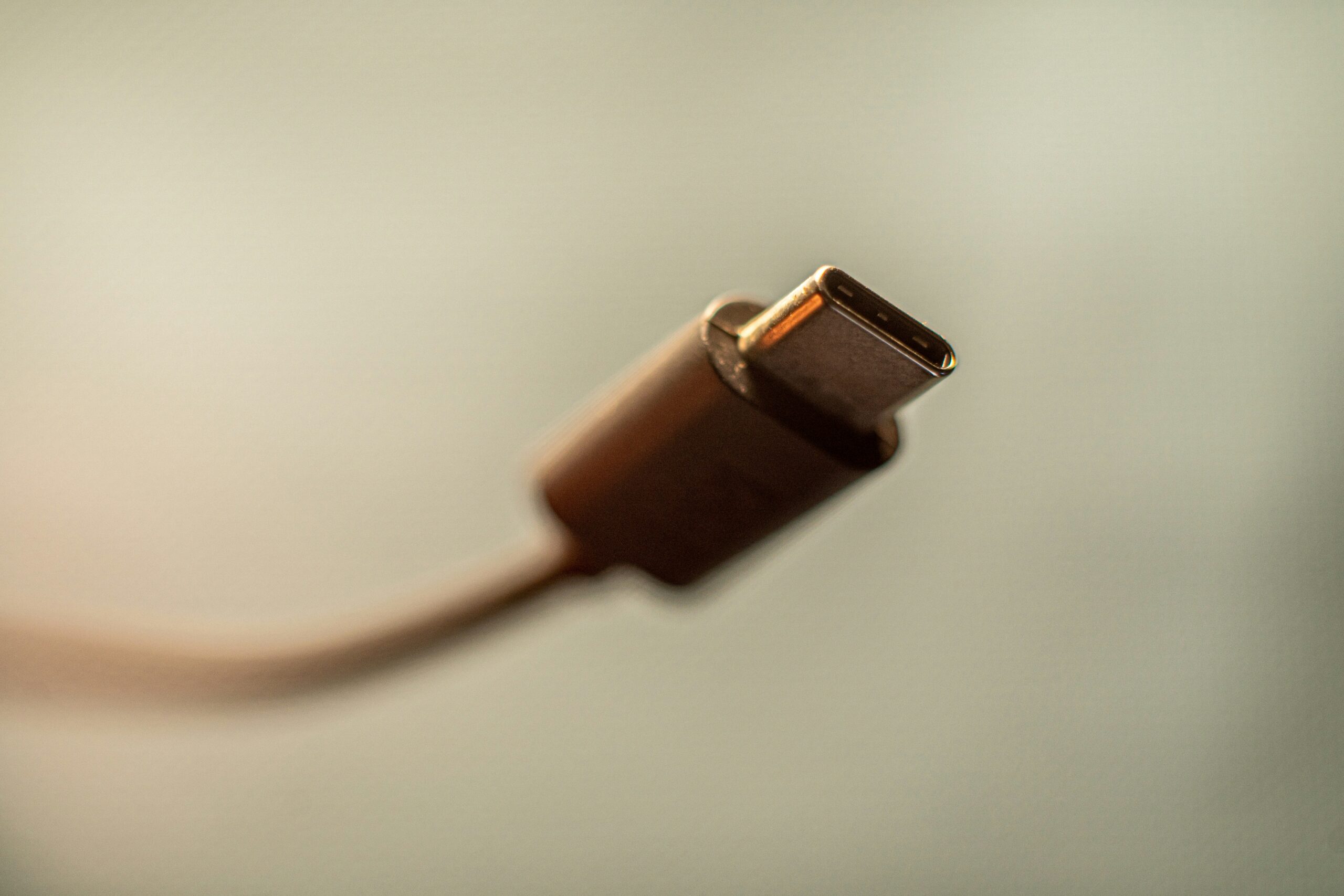
Bonne nouvelle sur le front des déchets électroniques !
-
À la découverte du batch cooking
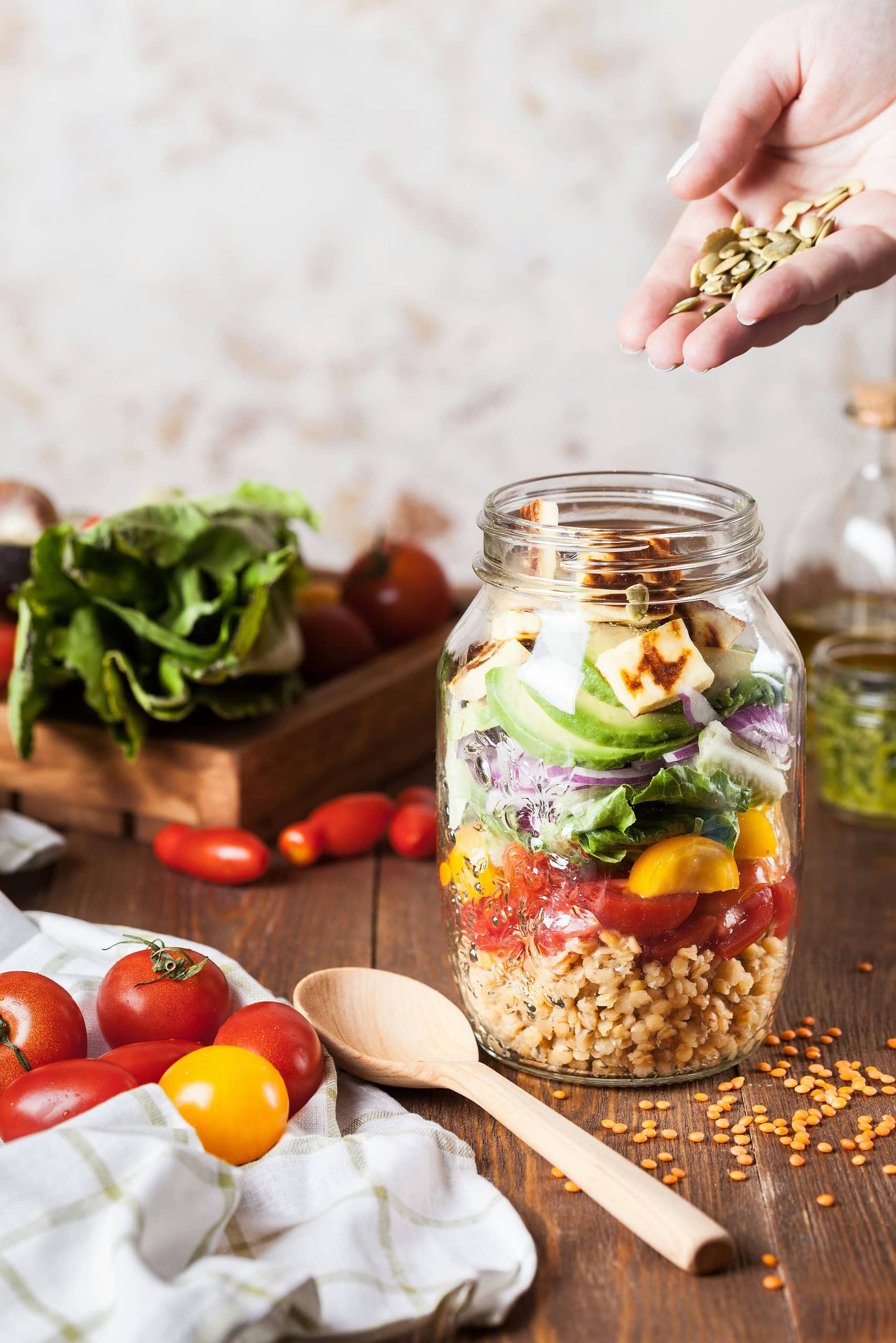
Si vous manquez de temps et souhaitez également profiter de vos autres loisirs, nous vous recommandons le batch cooking!
-
Peut-on encore porter des collants ?
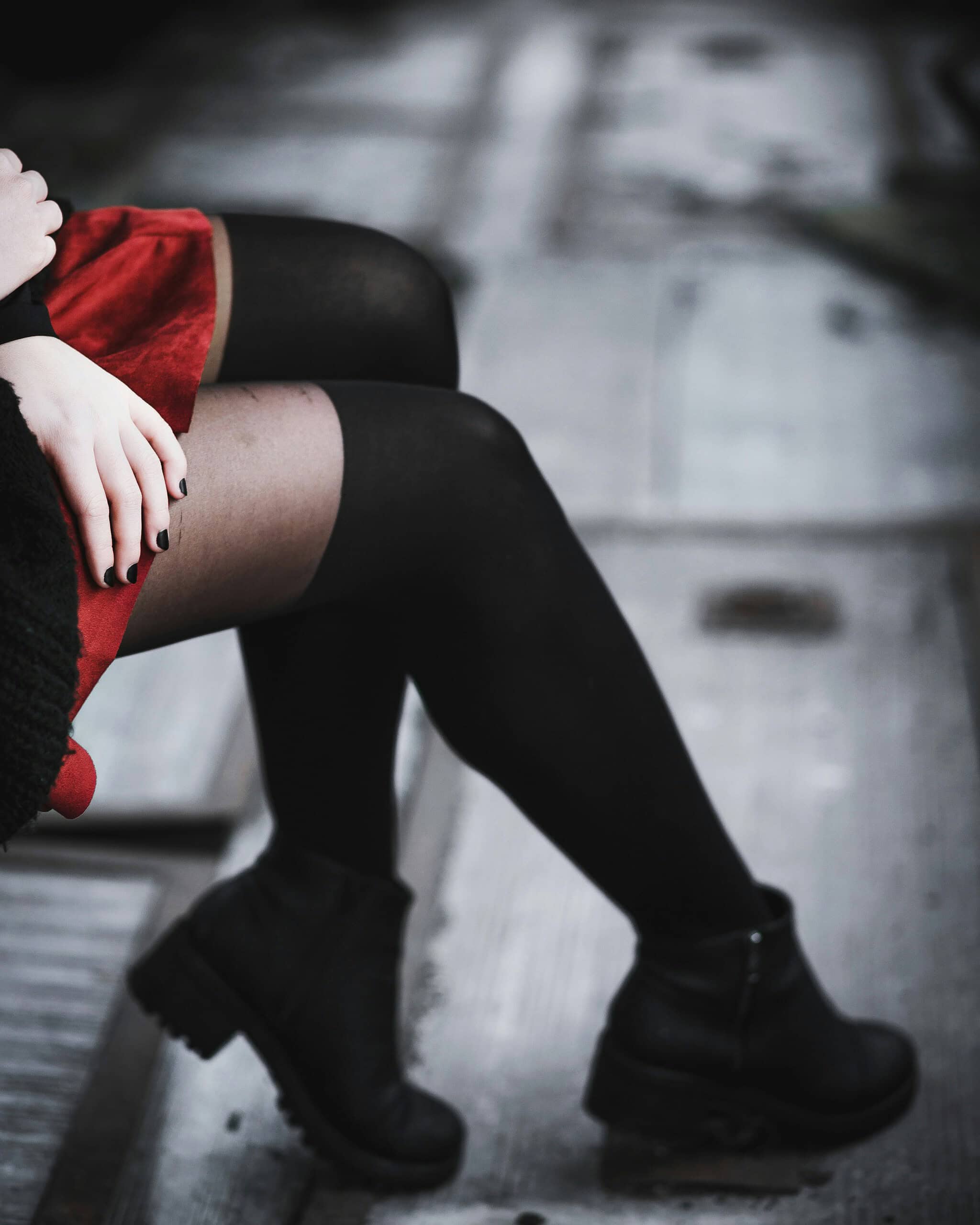
Un regard sur l’histoire des collants et leur impact sur l’environnement
-
ZeroWaste mit Baby ist einfacher als man denkt!

Ob Sie gerade schwanger sind oder bereits Eltern sind, finden Sie heraus, wie jede kleine Geste einen grossen Unterschied machen kann!
-
Restekroketten mit frischem Tzatziki
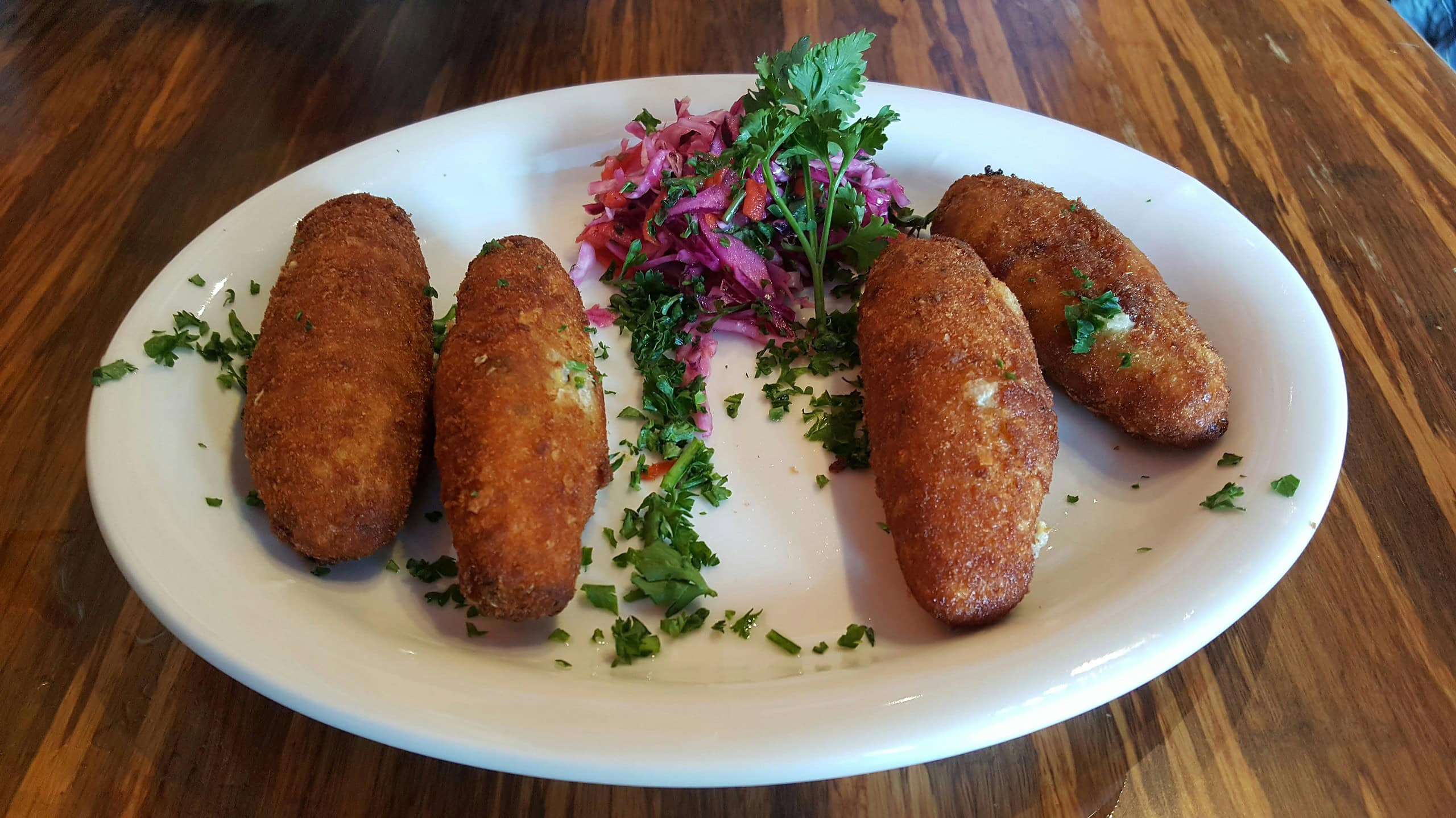
Möchten Sie übrig gebliebene Gemüsereste retten und dabei etwas Leckeres genießen? Dann ist dieses Rezept genau das Richtige für Sie!
-
Der Smoothie als Retter von Obst und Gemüse

Reife Früchte und Gemüse lassen sich einfach in leckere Smoothies verwandeln – eine genussvolle Möglichkeit, Lebensmittelverschwendung zu vermeiden.
-
Brot vom Vortag – Rezeptideen

Brotreste lassen sich ganz einfach in feine Gerichte verwandeln. Hier finden Sie unkomplizierte Rezepte…
-
Der Reste-Flan
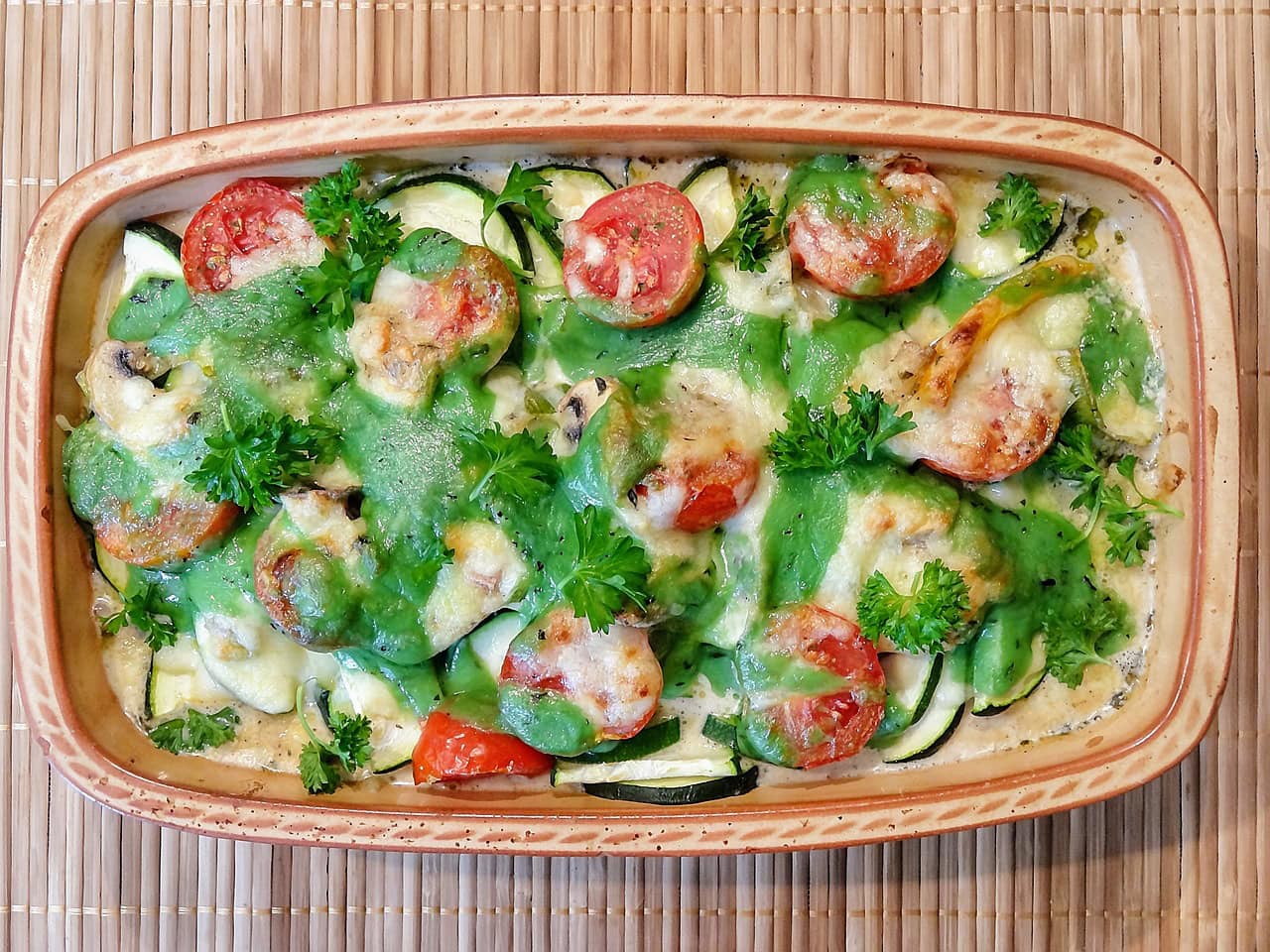
10 Minuten, um Essensreste aus dem Kühlschrank in ein Gericht zu verwandeln! Kleine Portionen Gemüse, Reis, Nudeln oder Pouletfleisch, die sich im Kühlschrank stapeln und im Müll landen? Machen Sie daraus ein leckeres, vollwertiges Gericht! Zutaten Zubereitung Quelle: www.sge-ssn.ch
-
Die grosse Rückkehr der wiederverwendbaren Flaschen
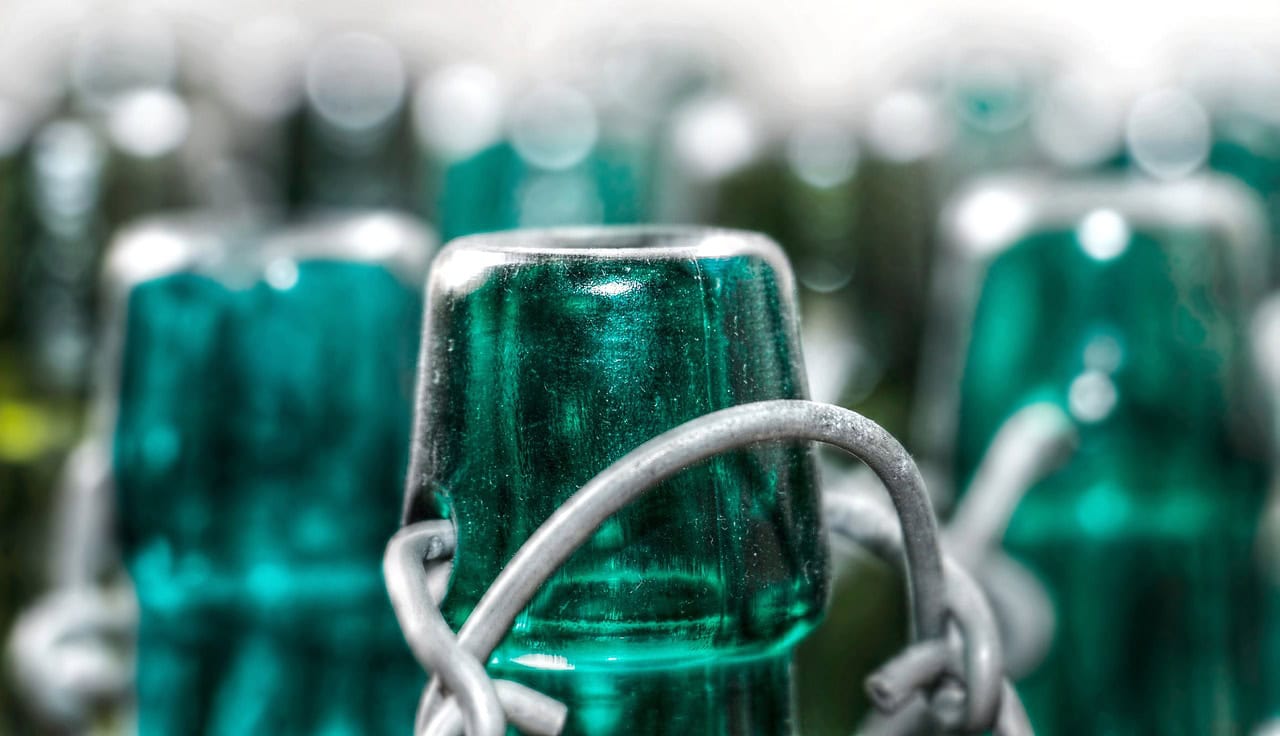
In einer Welt, in der Rohstoffe immer kostbarer werden und die Reduzierung von CO2-Emissionen ein Muss sein sollte, spielt die Verpackung eine entscheidende Rolle, wie die Anhänger der Zero-Waste-Bewegung bereits wissen. Und die Flasche, das Haushaltsobjekt schlechthin, gehört selbstverständlich dazu! Wir bringen alle unser Altglas regelmässig zu Sammelstellen und Wertstoffhöfen. Diese Praxis ist so verbreitet,…
-
Kompostio

Kompostio est une plateform Web/IoT qui encourage au compostage. Les composteurs connectés Kompostio vous permettent de réduire votre empreinte écologique, de diminuer vos dépenses liées aux déchets et de produire du bon compost pour votre jardin. Grâce à un suivi instantané de votre production de biodéchets assuré par les capteurs intégrés dans les composteurs , la plateforme…
-
Convergence Durable
Déjà eu envie de trouver un atelier, une boutique ou des événements écoresponsables ? Sur Convergence Durable, tu peux trouver les prestations de plus de 80 initiatives répondant à une charte éthique et environnementale et ce nombre est prêt à décoller ! C’est déjà plus de 300 prestations, dont notamment une centaine d’ateliers et de…